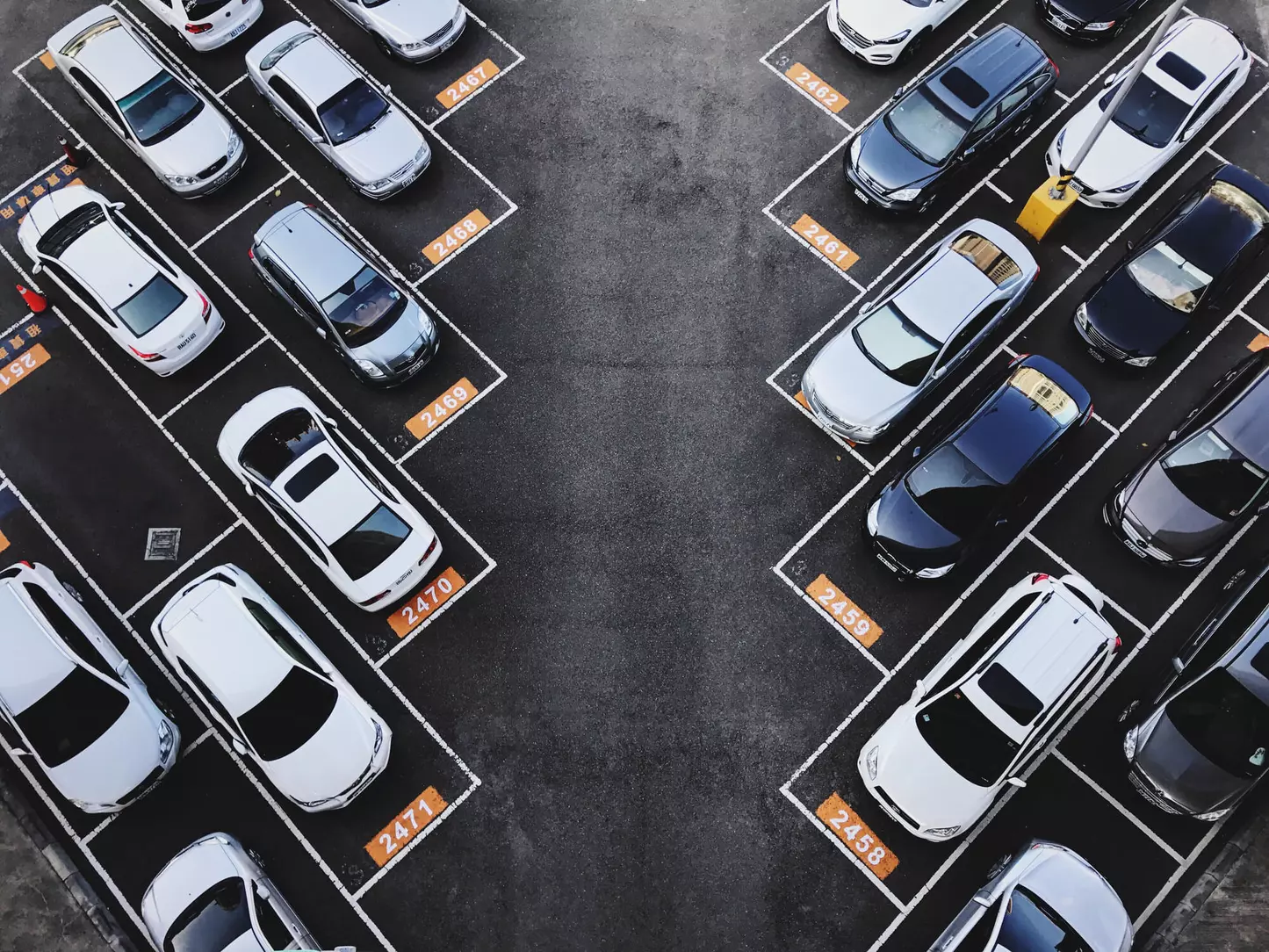Shared, multimodal, light, clean. This is the new meaning of mobility, according to the data that has emerged in a study by BVA-Doxa, conducted by Groupama Assicurazioni insurance company for the “Change Lab Observatory, Italy 2030”. Italians, particularly young people, are ready to take on the challenge of the transition that is sweeping over the world of mobility. In fact, we seem to be in line with the ambitious objectives of global and European sustainable mobility policies, but is society and are our cities ready to take on this challenge and enable the younger generations to adopt more virtuous behaviours?
Let’s attempt to analyse these issues in running order, starting from the four key words that introduce this article.
Shared: Although many people are still not willing to give up the idea of owning a car, 62% of people said they would be willing to car-share. Shared mobility, or more specifically “Mobility-as-a-Service” (MaaS) is now a cultural trend that distinguishes the new generations, who are less inclined to invest in their own means of transport, either due to environmental or financial reasons. However, this lack of interest in owning a vehicle is only partially accurate and greatly depends on the opportunities offered within the context where someone lives. After all, there’s a huge difference between getting about town in the city, the suburbs and rural areas. In fact, in order to sustain sharing mobility business models, there is inevitably a need for urban density. Consequently, we are witnessing an authentic lifestyle gap between city and country life; a return to an almost long-forgotten form of dualism.
Multimodal: The territorial question is even more evident when we talk about peoples’ propensity towards multimodality, i.e. the opportunity for a user to be able to choose from different means of transport to get around. In fact, four out of ten people said they were in favour of multimodality and a more intensive use of bicycles. As well as the issue of promoting multimodality via urban density, it is finally time to put the much-theorised and little-applied concept of the smart city to the test. This means it is necessary to offer integrated services or ‘mobility packages’ that offer a variety of different solutions that can be managed through a single subscription: e.g. cars, bikes, mopeds, scooters, public transport and, why not, even taxis. The winning solution would be one that overcomes barriers and lobbies, instead, favouring a collaborative approach between the various mobility solution providers. Naturally, many technological solutions exist, this is not the problem here, what is really missing is concrete investments by the public administration to build a coordinated network that facilitates the integration of services (and data), while at the same time developing new services and promoting private investment in the same. Insurance policies also need to be updated to offer more flexible models that cover the person rather than the individual vehicle.
Light: From bicycles to mopeds, right the way through to scooters and our own two feet, the future of micromobility in all its different guises is light. It is senseless to move tons of iron to transport one person. It harms the environment and also occupies too much physical space. Alternatives exist that allow us to move with flexibility. The boom in light mobility can be seen everywhere, again, particularly in big cities and now, even medium-sized towns. Futurable scenarios of lighter, more fluid forms of mobility are opening out before us. However, to achieve this we need new urban models of “shared streets” that can cater for a wide variety of vehicles, all going at different speeds, in different directions within a limited space, all at the same time. Cars and public transport, which will soon be considered too rigid and restrictive, will irreparably lose their appeal. In short, they will become obsolete.
Clean: Finally, we arrive at clean mobility, which today is identified in the push towards electric solutions. In fact, the electric car is already a reality in the Italian collective consciousness. This transition is supported by European policy and, more recently, by the transformation that is taking place in the car industry. In fact, eight out of ten Italians believe they will be travelling in completely electric cars by 2030. The other micromobility options presented above are already exclusively powered by electricity. However, if we want to avoid being sucked into an enormous greenwashing bubble or, more precisely, fake environmental sustainability the real success of electric mobility will need to hinge on two key factors: firstly, the mix of energy used to fuel electric vehicles will have to become increasingly cleaner and be locally produced, possibly using self-production or energy community models; secondly, the theme of batteries is still under the spotlight, particularly in terms of the sustainability of the entire production cycle, from production to the discontinuation of accumulator systems.
In short, the real challenge for the future of mobility will be to apply all four of the proposed elements, treating them as a whole rather than stand-alone issues. The revolution in electric mobility can only be achieved if there is a corresponding paradigm leap, in which it poses itself as a service that goes beyond the concept of car ownership. If we are to succeed, we will need to rethink our cities and shared mobility spaces and create new alliances between towns and cities, the suburbs and countryside, to ensure that more disadvantaged areas are not left behind. A perfect opportunity to finally put the concept of the smart city – or better still “smart land” – into practice.
